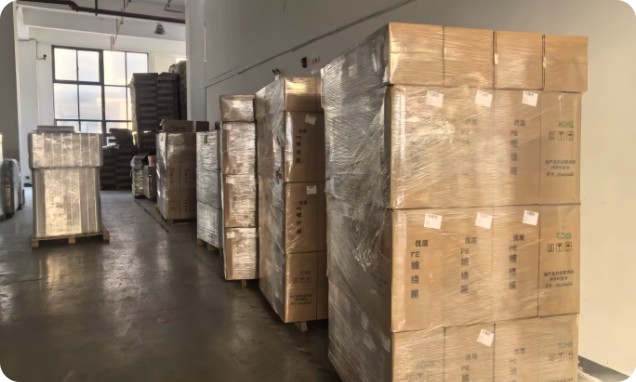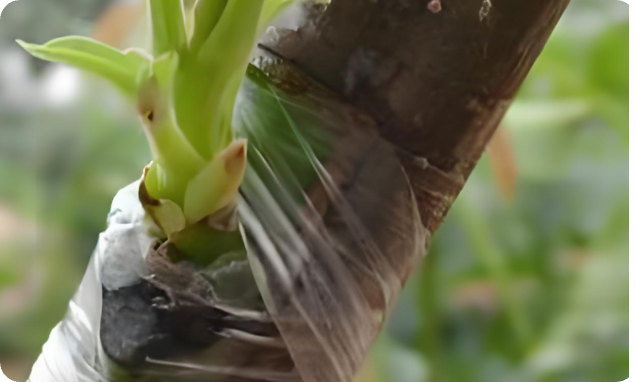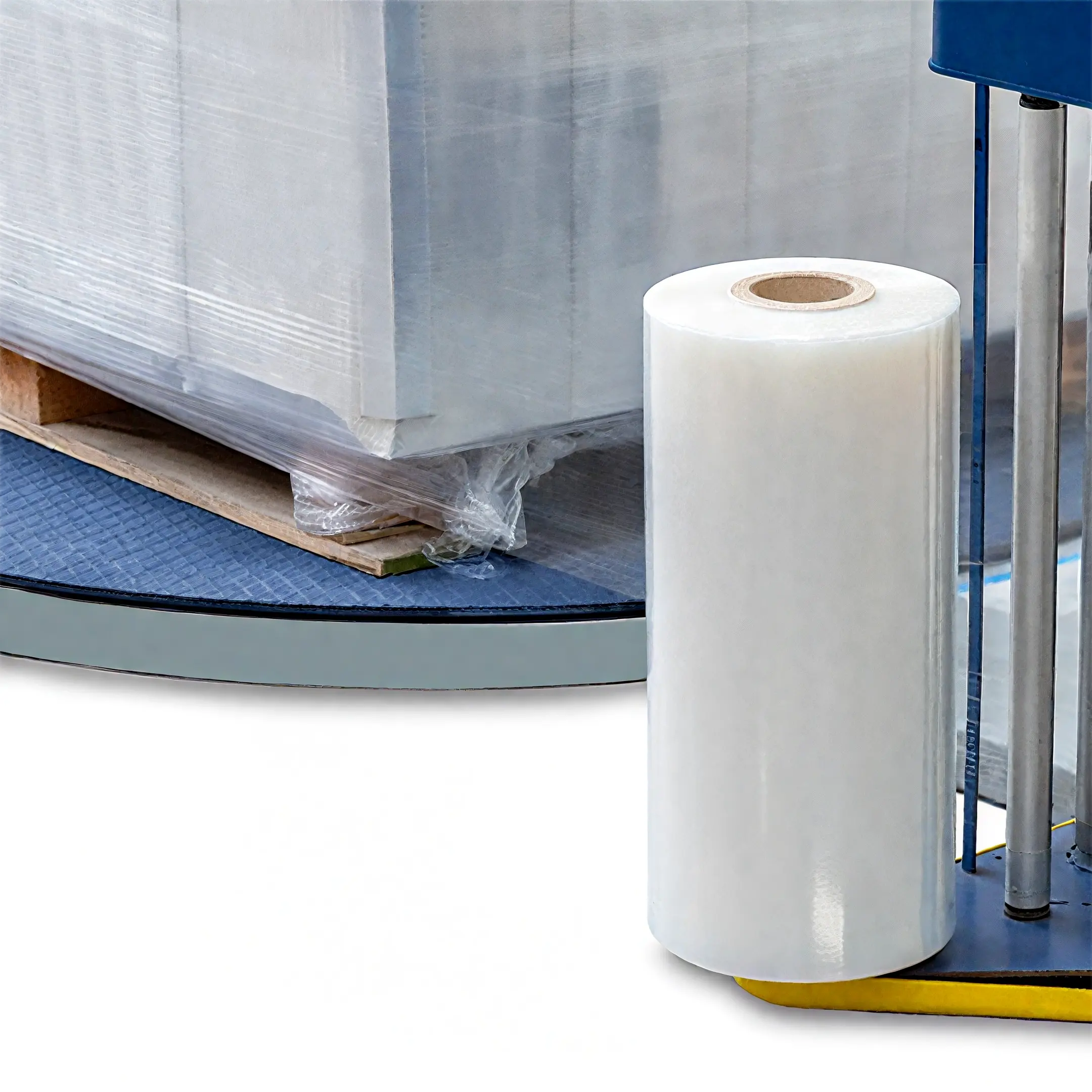Lihe Packaging – Characteristics and Applications of Stretch FilmHere is the headline of a story.
Release time: 2025-05-29
Stretch film, also known as winding film, is made from linear low-density polyethylene (LLDPE) plastic particles. It has a wide range of applications, and its core functionality is to wrap objects tightly without damaging their surface by stretching, providing protection, stability, reinforcement, and unitizing the goods to reduce packaging costs.
Characteristics of Stretch Film
- High Stretchability: It can be stretched several times its original length, and through its stretch and recovery performance, it can tightly wrap objects.
- Strong Self-Adhesion: The film adheres to itself without requiring additional adhesives and does not damage the surface of the object.
- High Transparency: Most stretch films are transparent, allowing easy observation of the items inside. (Custom colors are available if needed).
- Tear Resistance: It has excellent tear resistance and is not easily damaged during use.
- Moisture and Dust Protection: It isolates rainwater, dust, and pollutants, providing comprehensive protection.
Application Scenarios
- Logistics and Transportation: Used to secure heavy palletized goods (such as cartons, building materials), preventing displacement, collapse, and wear during transportation.
- Product Protection: Protects large, medium, small, mini, and irregularly shaped products from scratches and damage.
- Food Preservation: Wraps fresh agricultural products (such as vegetables), reducing bumps, minimizing moisture loss, and extending shelf life.
- Product/Home Organization: Helps in the storage of scattered items in a convenient and efficient manner.
- Sealing and Leak Prevention: Wraps around container seals to prevent leakage or spillage of contents, or reduces liquid evaporation.
- Plant Grafting: Protects the grafting area of plants, promoting healing, reducing bacterial entry, and allowing for light transmission beneficial to plant growth.



Conventional Classification and Selection of Stretch Film
Machine-Wrapped Stretch Film: Used for semi-automatic or fully automatic wrapping machines.
Advantages:
- High Toughness, High Stretchability, Good Puncture Resistance: High-quality metallocene is added to enhance the product’s performance, adapting it to the powerful tension of the machine.
- High Efficiency: By using semi-automatic or fully automatic equipment, packaging efficiency is greatly increased.
- Consistent Tightness: The preset program ensures consistent and stable packaging, unlike manual wrapping, which may have variations due to different operator skills and habits.
- Labor Savings: In high-volume packaging scenarios, using machine-wrapped stretch film significantly saves labor.
This technology, combined with equipment that applies tension to the film, surpasses manual wrapping in many ways, including better load restraint, reduced material costs, faster and more efficient packaging, and increased safety. Factory production further reduces your usage costs.
General Manual Stretch Film: Used for hand-wrapping.
Advantages:
Flexibility:
- Can be used anytime and anywhere without equipment, unaffected by location.
- Can be adjusted flexibly according to the actual product, suitable for various shapes and sizes.
Wide Range of Applications:
Suitable for small businesses, household packaging, and even in special environments, such as outdoor operations.
This method is ideal for small-scale packaging operations that rely on manual application of stretch film. It is easy to use, cost-effective, and commonly used in transportation departments or warehouses that do not require machinery.
Small Roll Stretch Film: Made by slitting large rolls of stretch film into smaller rolls.
It is an ideal choice for lightweight packaging applications. It is widely used for bundling small items and wrapping irregularly shaped objects. Suitable for manual operation or paired with small handles, it is widely used in small product protection/storage/transportation, e-commerce, bottle/box sealing to prevent leakage (e.g., food delivery), garden grafting, fruit and vegetable preservation, and home organization.
Colored Stretch Film
This film comes in vibrant or custom colors, often used for brand promotion, organization, and aesthetic purposes. The color difference makes it easy to identify and categorize products. Like opaque stretch film, colored stretch film provides a certain level of privacy and security, especially when the color is darker or opaque.
Usage Methods
Correct Wrapping Technique: Proper wrapping techniques are essential for achieving uniform and safe packaging. The best practice is to use a spiral wrapping mode, starting from the bottom and wrapping upward. Each layer should overlap with the previous one by at least 50%. This overlap provides extra strength and ensures no part of the cargo is exposed or unsafe.
Attention to Film Tension: Film tension is a performance characteristic that is often overlooked. Too much tension can cause the film to tear and damage the goods, while too little tension can lead to instability or displacement of the goods. Different loads require different wrapping methods.
Environmental Considerations
Recyclability: Linear low-density polyethylene (LLDPE) has good recyclability and recycling value.
Thinning Trend: By using 100% virgin raw materials, the film maintains its high stretchability and reduces the amount of packaging used.
The stretch film produced by Lihe Packaging possesses these environmentally friendly characteristics and, with its high stretchability and strong adhesion, has become an efficient and cost-effective choice in modern packaging, especially for protecting goods during dynamic transportation.

